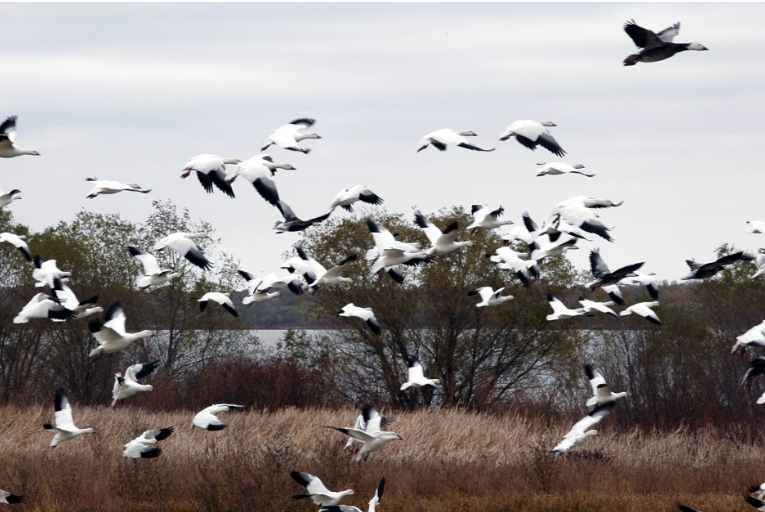
Cold weather in portions of the United States has produced large concentrations of wild waterfowl in a number of areas, including Maryland—where an aerial survey counted more than 1 million waterfowl in tidal tributaries of Chesapeake Bay.
That figure is well above the state’s five-year average and a red flag to producers of gamebirds, chickens and other poultry.
Since wild waterfowl are known carriers of avian flu, Maryland state veterinarian Michael Radebaugh and poultry veterinarian Annika McKillop urge all producers to follow strict biosecurity protocols. Due to the increased risk of avian influenza, the state is monitoring wild birds and poultry for infection.
For details on the situation in Maryland, CLICK HERE.
H7 RNA Detected In Georgia Waterfowl
On January 30, routine testing as part of avian influenza surveillance in wild birds found low levels of H7 RNA in two mallards shot in December by hunters in Georgia’s McIntosh Country.
In a news report, the Georgia Farm Bureau said tests were conducted by the U.S. Department of Agriculture (USDA) Animal and Plant Health Inspection Service (APHIS) wildlife services, which found small amounts of avian influenza nucleic acid in swab samples collected from the two American green-winged teal ducks. McIntosh County is on the Georgia coast.
The detection of H7 and H5 subtypes of avian influenza are closely watched due to the impact these virus strains can have on poultry.
“We have a finding of H7 avian influenza virus in wild ducks. This is not a case of avian flu,” said state veterinarian Dr. Robert Cobb. “We know this virus is out there in the wild year-round and the detection of the virus in these wild ducks serves as a reminder for poultry producers to continue to be vigilant about following recommended biosecurity measures.”


